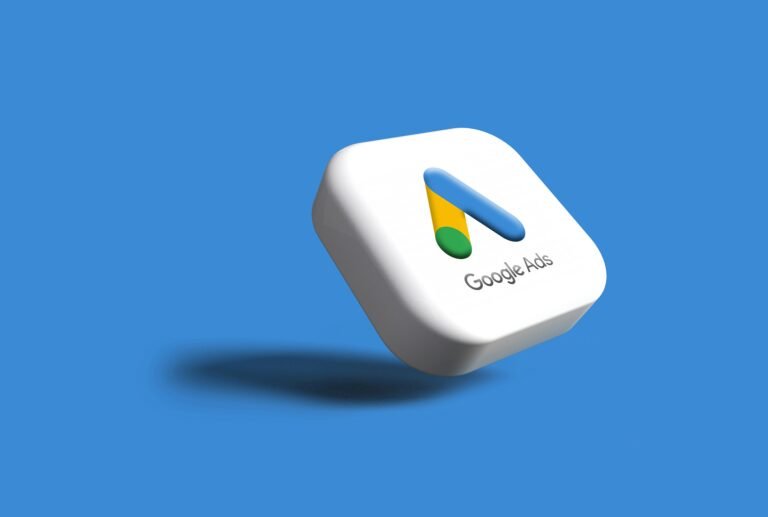Hiring top talent is a lot more than posting jobs and waiting for applicants. In today’s market, how you attract and engage candidates can make or break your hiring success. That’s where recruitment marketing comes in, and understanding the difference between inbound vs outbound recruitment marketing helps you make the right moves.
So which one should you focus on? The short answer: It depends. But don’t worry, we’ll help you figure it out.
What Is Inbound Recruitment Marketing?
Think of inbound recruiting like planting seeds for a garden. Instead of chasing candidates, you’re nurturing them gently, consistently, until they’re ready to “blossom” and apply.
Inbound recruitment marketing is all about attracting talent to you. It’s focused on building a strong employer brand and creating content that makes candidates want to be part of your company.
Here’s what inbound looks like in action:
- Career site optimization: You invest in a dynamic, user-friendly career site that showcases your culture and values.
- Content marketing: You publish blogs, videos, and employee stories that highlight life at your company.
- Social recruiting: You engage candidates where they already hang out like LinkedIn, Instagram, or even TikTok.
- Talent nurturing: You build long-term relationships through newsletters and CRM outreach, even if they’re not ready to apply yet.
Essentially, inbound is about earning candidates’ attention over time.
What Is Outbound Recruitment Marketing?
Now imagine outbound recruiting as fishing with a net. You’re actively reaching out and pushing your message to potential candidates. You decide who you want to talk to, then you make the first move.
Here’s what that could involve:
- Paid advertising: Running targeted job ads on job boards, Google, or programmatic platforms.
- Email campaigns: Reaching out directly to passive candidates with personalized messaging.
- Headhunting: Using platforms like LinkedIn to source and contact specific profiles.
- Campaign planning: Executing tactical outreach campaigns for hard-to-fill roles or high-volume hiring sprints.
Outbound is more of a “go-get-’em” strategy. It’s fast, urgent, and sometimes the quickest way to fill roles.
Key Differences Between Inbound and Outbound Recruitment Marketing
| Inbound | Outbound | |
|---|---|---|
| Approach | Attracts candidates to your brand | Reaches out to candidates directly |
| Goal | Builds awareness and engagement over time | Drives immediate interest for open roles |
| Timeline | Long game | Short-term, quick results |
| Tools | Content, career site, social media | Ads, sourcing platforms, cold outreach |
| Effort | High upfront, lower over time | Consistently active effort |
Pros and Cons of Each Approach
Let’s break it down even more. Here’s what you can expect from each strategy:
Inbound Recruitment Marketing: Pros
- Attracts better culture-fit candidates who are already interested in what you stand for.
- Reduces long-term cost per hire since you’re creating an evergreen talent pool.
- Supports employer branding across platforms and over time.
Inbound Recruitment Marketing: Cons
- It takes time to build momentum, candidates will trickle in at first.
- Hard to measure ROI in the short term. You may not know what’s working early on.
Outbound Recruitment Marketing: Pros
- Quick impact: Great for urgent or high-volume needs.
- Laser-focused targeting: You choose who to speak to and when.
- Easy to test and iterate: You can tweak ads and messaging fast.
Outbound Recruitment Marketing: Cons
- Higher costs due to media spend and tools.
- Can feel transactional: not great for long-term employer brand relationships.
- Fatigue risk: Overuse can annoy candidates.
Which One Is Right for You?
Good question. The honest answer? It depends on your goals, resources, and hiring needs.
Let’s look at a few examples to help you decide:
If you’re scaling fast or filling urgent roles…
Outbound might be your best friend. Let’s say you’re a logistics company needing 200 drivers in the next 30 days. A strong outbound push with paid ads, direct sourcing, and SMS campaigns gets you there fast.
If you have niche or hard-to-fill roles…
You’ll probably want a mix. Use outbound to find specialized talent, but invest in inbound content showing how your company supports innovation and flexibility. This builds appeal for those passive candidates looking for a change.
If you’re building a sustainable hiring engine…
Go heavy on inbound. Tech companies like HubSpot and Canva built strong inbound flywheels through content, culture videos, and values-driven messaging. They keep attracting talent even when they aren’t hiring.
The Smart Play? Combine Both.
You don’t have to pick just one. In fact, the most successful recruitment strategies blend inbound recruitment marketing with outbound tactics for best results.
Here’s how that might look:
- Create content-driven landing pages (inbound), but drive traffic with targeted LinkedIn ads (outbound).
- Warm up cold-sourced candidates with relevant blog posts, videos, or employee stories.
- Use your ATS and CRM to track the full funnel and balance both sides.
Final Thoughts
Recruitment marketing is a powerful move to stand out in a noisy market. Whether you focus on inbound recruitment marketing to build lasting relationships, or outbound to move quickly, the key is using the right mix for your needs.
So ask yourself: Do you want quick wins, long-term returns, or both?
Chances are, the best approach isn’t choosing inbound vs outbound, it’s knowing when to use each.
Check out our other resources on Recruitment Marketing and Resources, including playbooks and templates.
Need help with your Recruitment Marketing strategy? Let’s talk.







